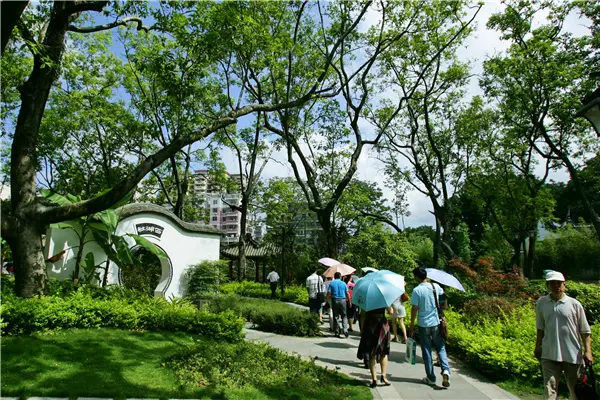Fuzhou is an important cradle of the ancient maritime Silk Road. Early in Han Dynasty, Fuzhou set up Donye Port to facilitate overseas trade. During the Five Dynasties Period at the end of Tang Dynasty, Wang Shenzhi, Monarch of the Min Kingdom, opened up Gantang Port, also known as the “Great Oriental Port”, for trade with Southeast Asian and Arabian countries, creating favorable conditions for the overall rise of overseas trade.
Jiangyin Harbor Area of Fuzhou Port has a favorable location and shoreline, which provide agreeable conditions for its development. In order to build Fuzhou Port into an international shipping hub, Fuzhou spares no efforts to develop the Jiangyin Port area.
In Ming Dynasty, the Fuzhou Port became one of the major ports for foreign trade in China. The seven voyages made by Zhenghe to the West all started from Taiping Port in Changle. In Qing Dynasty,Fuzhou became one of the five ports opened for trading, and 17 countries including the US, the UK and Spain established consulates in Fuzhou. Today’s Fuzhou Port has connection with more than 40 countries and regions in terms of navigation. In 2015, the contractual investment by Fuzhou-based businesses in countries along the Maritime Silk Road(the MSR) totaled 878 million USD, and ASEAN countries have invested in 356 projects in Fuzhou, with a total contractual foreign investment of 1 billion USD.
China (Fuzhou) Pilot Free Trade Zone (FZFTZ) is a free-trade zone in Fujian province, China. The region plans to closely center on the strategic requirement to be based on cross-strait, world-oriented, and national seving developmemt.
In 1985, China’s first pelagic fishery fleet sailed from Fuzhou Port, making Fuzhou the first to march toward the sea, embarking on the journey to building a maritime Fuzhou. Since then, the city has been strengthening its economic and trade ties with MSR countries and regions, taking the lead in the MSR economic and trade exchanges.
West Lake Park, a famous ecological attractions in Fuzhou.
Today’s Fuzhou Port has connection with more than 40 countries and regions in navigation. In 2015, the contractual investment by Fuzhou-based businesses in countries along the Maritime Silk Roadtotaled 878 million USD, and ASEAN countries have invested in 356 projects in Fuzhou, with a total contractual foreign investment of 1 billion USD.Currently, Fuzhou is seeking for joint development of outbound aquaculture bases and comprehensive fishery bases with Indonesia as a focus.Fuzhou has set up 5 aquaculture bases in Indonesia, including in Pulau Seram, Jinmaan and Batam. Moreover, a China-ASEAN Marine Product Exchange has been established in Mawei District of Fuzhou, one of the projects sponsored by the China-ASEAN Maritime Cooperation Fund. The Exchange officially came into operation in October, 2014. For the time being, the Exchange has developed 351 membership clients from home and abroad, and in 2015, its total online transaction volume reached about 30 million RMB. A branch center has been set up in Malaysia, and one in Vietnam and one in Myanmar are under preparation, all making the Exchange the most influential distribution and trading center of marine product in Southeast Asia and even in the world.
In 2015, Fujian Province was selected by the central government as one of the core areas in the 21stCentury MSR construction and Fuzhou a strategic pivot city for the initiative. To better integrate into the Belt and Road initiative, Fuzhou aims to build itself into a strategic hub city for the 21stCentury MSR that connects with ASEAN, Taiwan and inland China.
(APD)
 简体中文
简体中文

